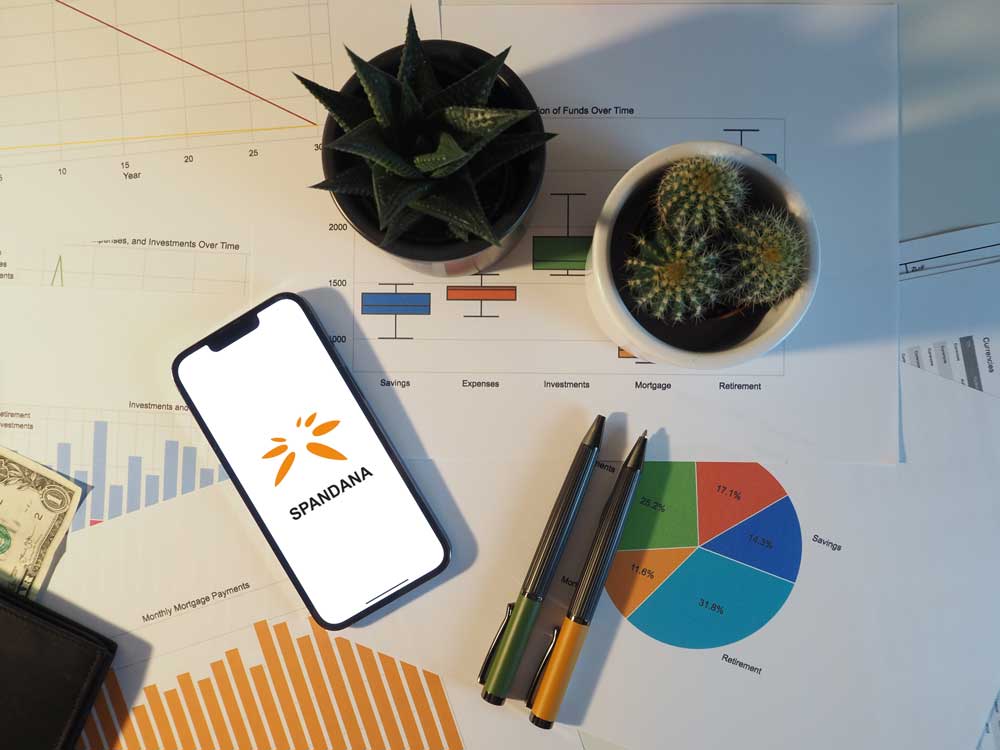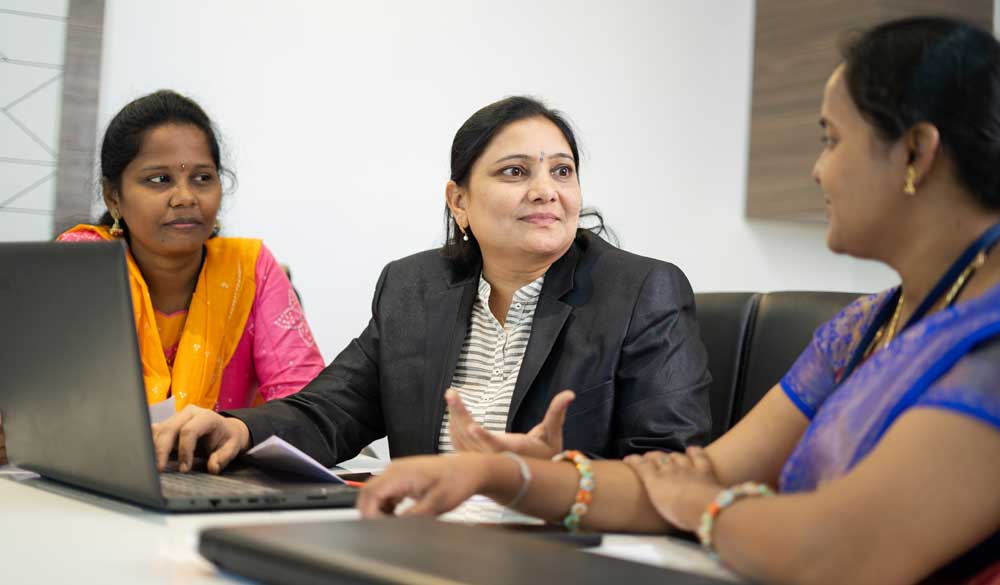Every woman has the potential to be a successful investor. A recent FinEdge report shows women are becoming dedicated investors, with an average SIP investment of ₹4,483, surpassing men's ₹3,992. This dedication highlights women's transformative power in finance.
Financial independence is about having control over your life and choices. For women, it allows them to align their financial decisions with personal goals, to support their families, and enjoy a comfortable retirement. Achieving financial independence involves informed decisions, discipline, and seeking support when needed. Overriding societal expectations, women can build strong investment portfolios to empower their futures.

Chartered Accountant Abhay Asknani emphasises, ’Financial independence for women is a continuous journey. Staying updated with financial trends and continually educating oneself is crucial. Informed decisions based on accurate financial data are vital for long-term success.’
FinEdge reports that 40 per cent of new investors are women, investing early, choosing SIPs, prioritising retirement, and challenging traditional financial gender roles.
1. Setting Clear Investment Goals
The first step is to set specific investment goals. Whether you’re saving up for retirement, buying a home, or funding an education, clear goals keep you focused. Understand the timeline for each goal and choose investment options that align with them, keeping your risk tolerance in mind.

2. Building Trust
Transparency is essential for retail investors. They want to understand a company’s financial performance, growth prospects, and management quality. Businesses should provide detailed information about their operations, financial status, and future plans. Regular updates through newsletters, webinars, and social media help maintain trust and keep investors engaged.
3. Start Early And Be Consistent
Starting early allows your investments to grow over time, leveraging the power of compounding. Even small, regular investments can lead to significant returns. According to the World Economic Forum, retail investors owned 52 per cent of global assets in 2021, a figure expected to rise to over 61 per cent by 2030. This underscores the importance of starting early and being consistent.

4. Diversify Your Portfolio
Diversifying your investments across different asset classes like stocks, bonds, mutual funds, and real estate helps manage risk. A well-diversified portfolio can weather market fluctuations better. Abhay adds, ’Diversification is the cornerstone of a solid investment strategy. It mitigates risks and provides stability.’
5. Building A Strong Network
Networking with financial advisors, fellow investors, and industry experts is crucial. Attend seminars, join investment clubs, and engage online to expand your awareness. Collaborating with experienced professionals can provide valuable insights, open doors to potential investment deals, and support you on your investment journey.

6. Understanding Market Volatility
Understanding market risks is essential. With many investment options available, bridging awareness gaps helps prevent poor decisions. Match your investment goals with your risk tolerance to minimise potential losses. ’Knowing how market dynamics affect your investments allows for strategic decisions,’ advises Abhay.
7. Simplifying The Investment Process
The investment process can seem complex. Simplifying it with user-friendly platforms, interfaces, and educational resources encourages more people to participate.

8. Focusing On Long-Term Potential
Retail investors value sustainable growth and long-term success. Highlight your company’s potential for enduring success, competitive advantages, and resilience to market changes. Sharing future plans and financial forecasts can attract investors looking to build wealth over time.